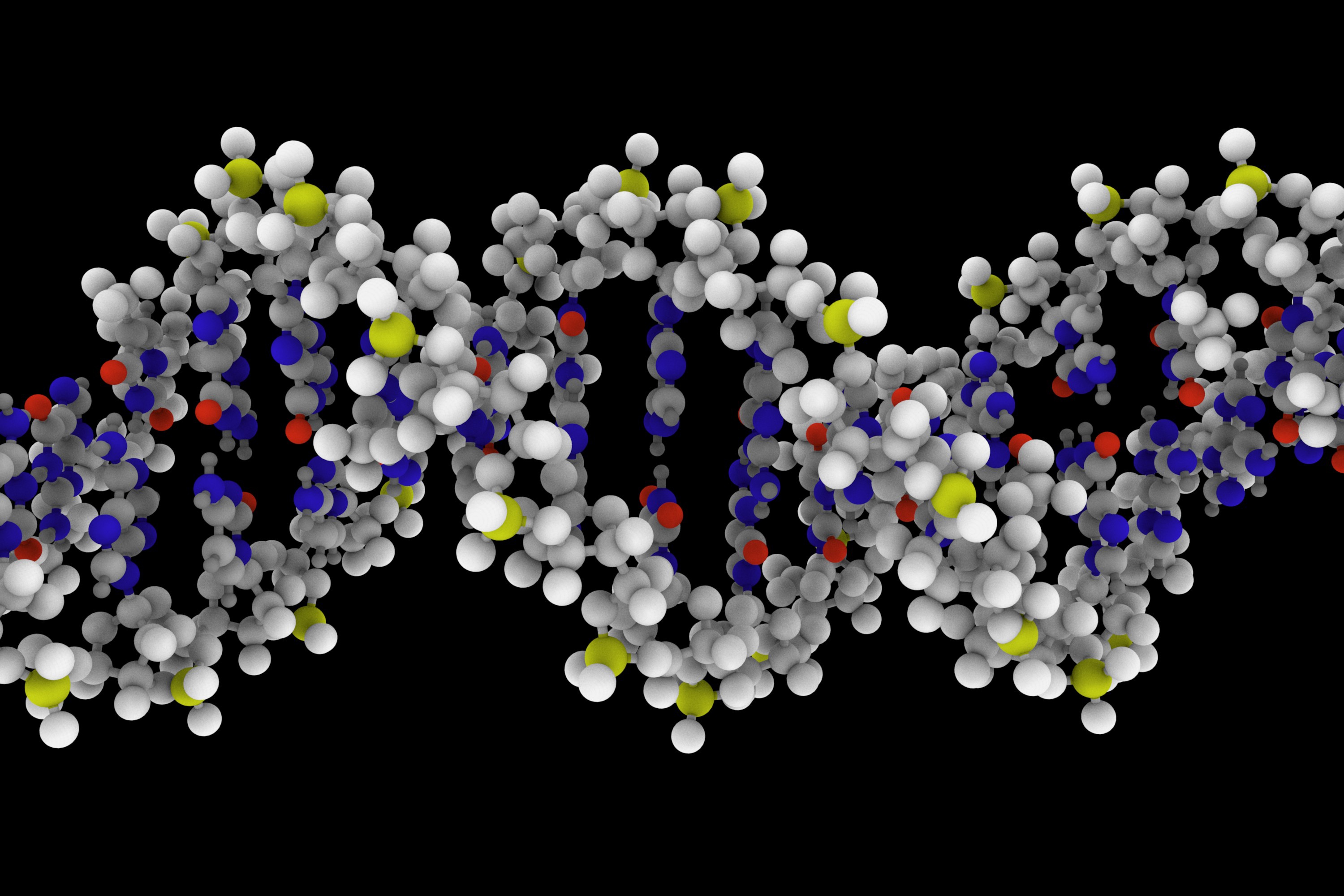A Rare Condition and A Wonderful Result – UB Neurosurgeon hopes to identify and treat others through personalized medicine
by Annette Pinder
When 20-year-old Maria began experiencing double vision, she went to the emergency room, where an MRI uncovered a bleed in her brainstem. The bleed was caused by a rare cavernous malformation that causes bleeding that few doctors in the world know how to treat.
Maria was referred to Dr. Jason M. Davies, an assistant professor of neurosurgery and biomedical informatics at SUNY Buffalo, who practices at UB Neuosurgery, specializing in cerebrovascular and skull base neurosurgery. Dr. Davies describes the brainstem as the most valuable piece of real estate in the body, because of the essential functions it controls and also because it is so difficult to reach.
The brainstem is an extremely important part of the brain because it interconnects the motor and sensory systems of the brain, passing signals to the rest of the body, controlling motor, fine touch, sensation, pain, temperature, itch, and crude touch. The brainstem is also essential in regulating cardiac and respiratory function, the central nervous system consciousness, and the sleep cycle. Many of its basic functions include heart rate, breathing, sleeping, and eating.
Dr. Davies says that there are few physicians in the world who know how to treat malformations in the brainstem because it is buried deep within the brain and doesn’t respond to therapies like radiation. He said, “It would not be unusual for a physician to tell someone in Maria’s situation, “I am so sorry, but there is nothing we can do.”
Fortunately for Maria, Dr. Davies had experience with her condition, and even published a paper describing an approach to safely treating deep lesions within the brainstem. “It is a very extensive surgery because you have to get to the far side of the brainstem, which requires drilling bone to get to a place hidden between the nerves and blood vessels to ‘tease’ the malformation out from the delicate tissues,” said Dr. Davies.
Maria successfully underwent the procedure, left the hospital within a few days, and has since resumed the activities to which she is accustomed. Had she not undergone the surgery, Maria would likely continue to bleed into her brainstem and suffer progressive deficits that would eventually affect her speech, vision, ability to move her eyes and face, and ultimately might result in her death.
Dr. Davies says that there is a greater incidence of these malformations in certain populations, and particularly those who are Hispanic. He also believes that many people are not diagnosed until it is too late. But he is particularly excited about having been awarded a research grant that will allow him to develop ways to better predict who is most likely to suffer from strokes and bleeds, who will get better, and how they will respond to certain therapies through genetics and personalized medicine. He said, “My goal is to apply what I learn to patients right in front of me.”
Jason M. Davies, M.D. is a neurosurgeon at UB Neurosurgery. To learn more visit www.ubns.com or call 716-218-1000.











